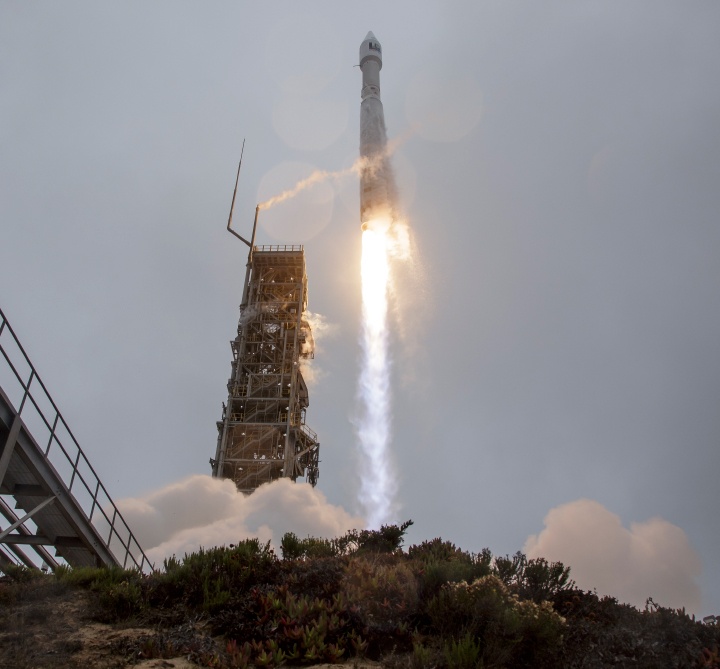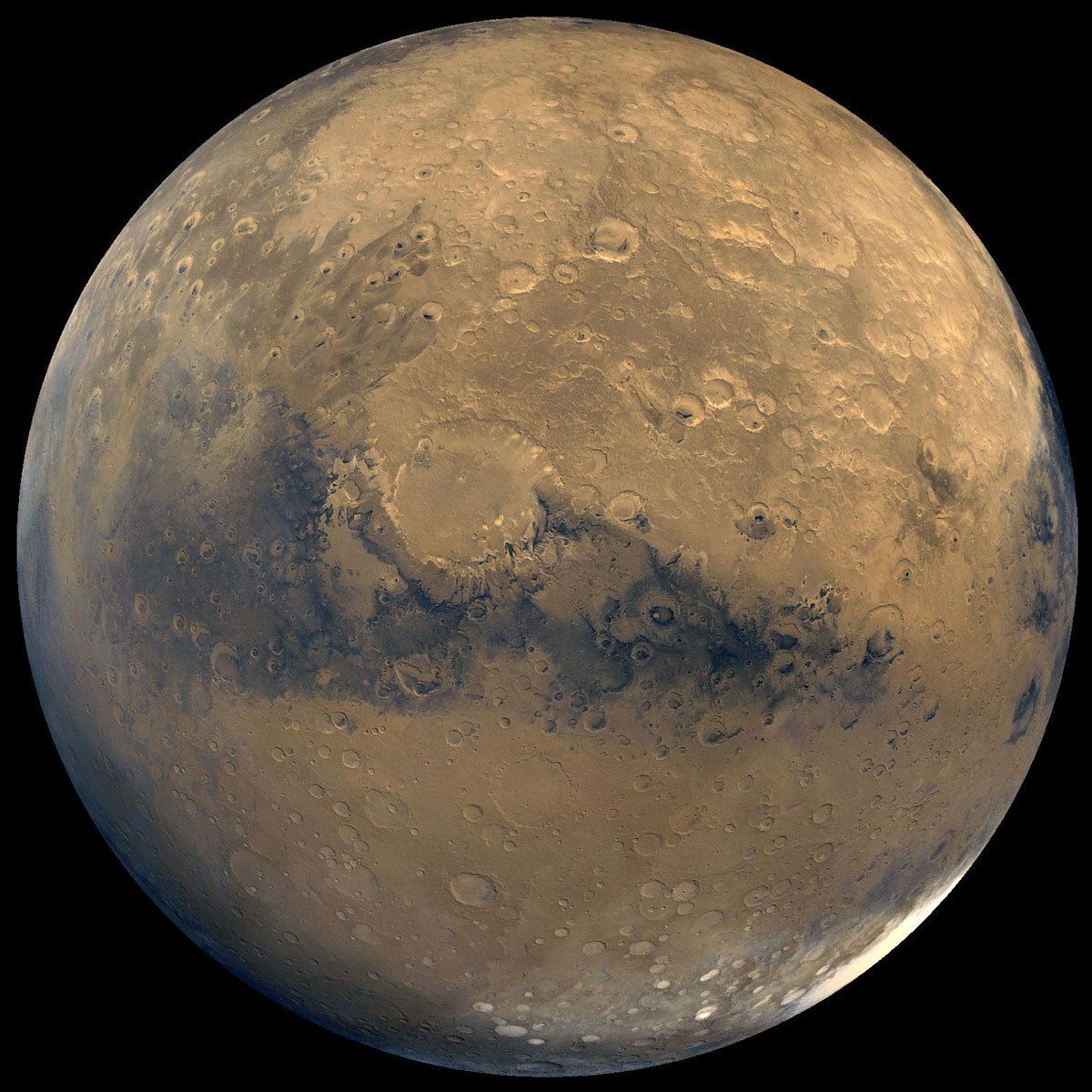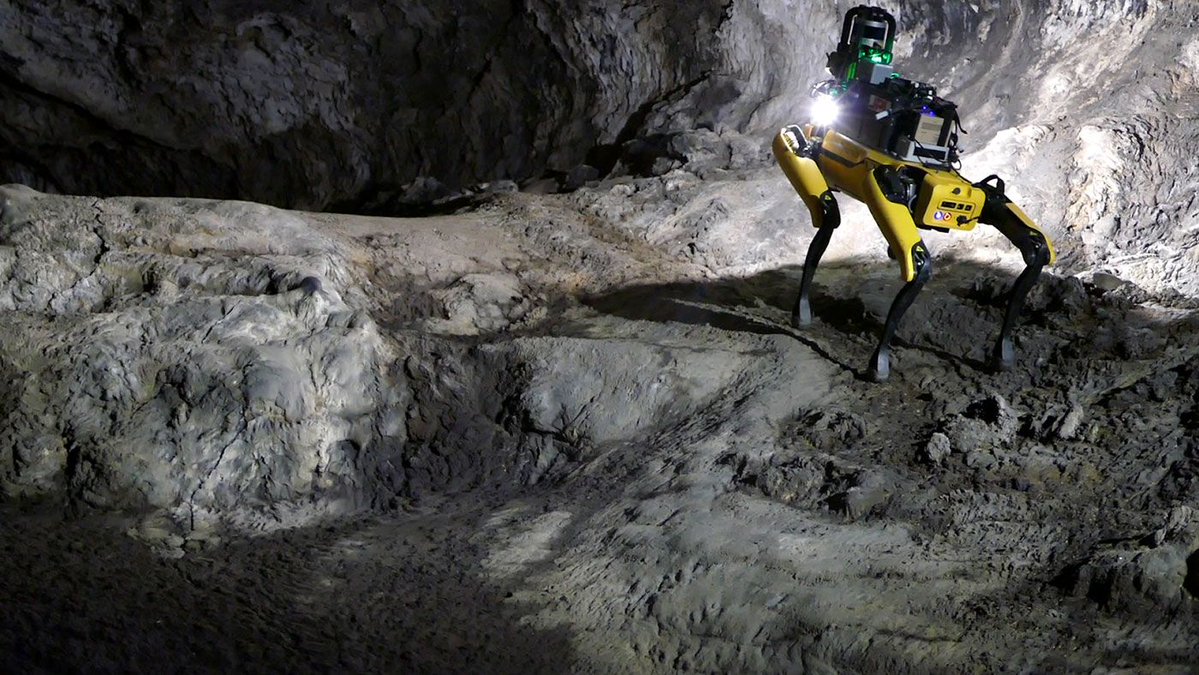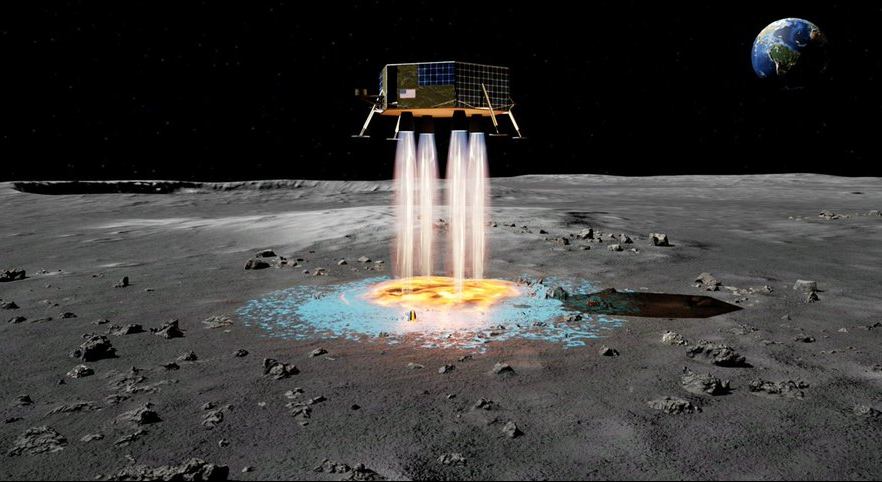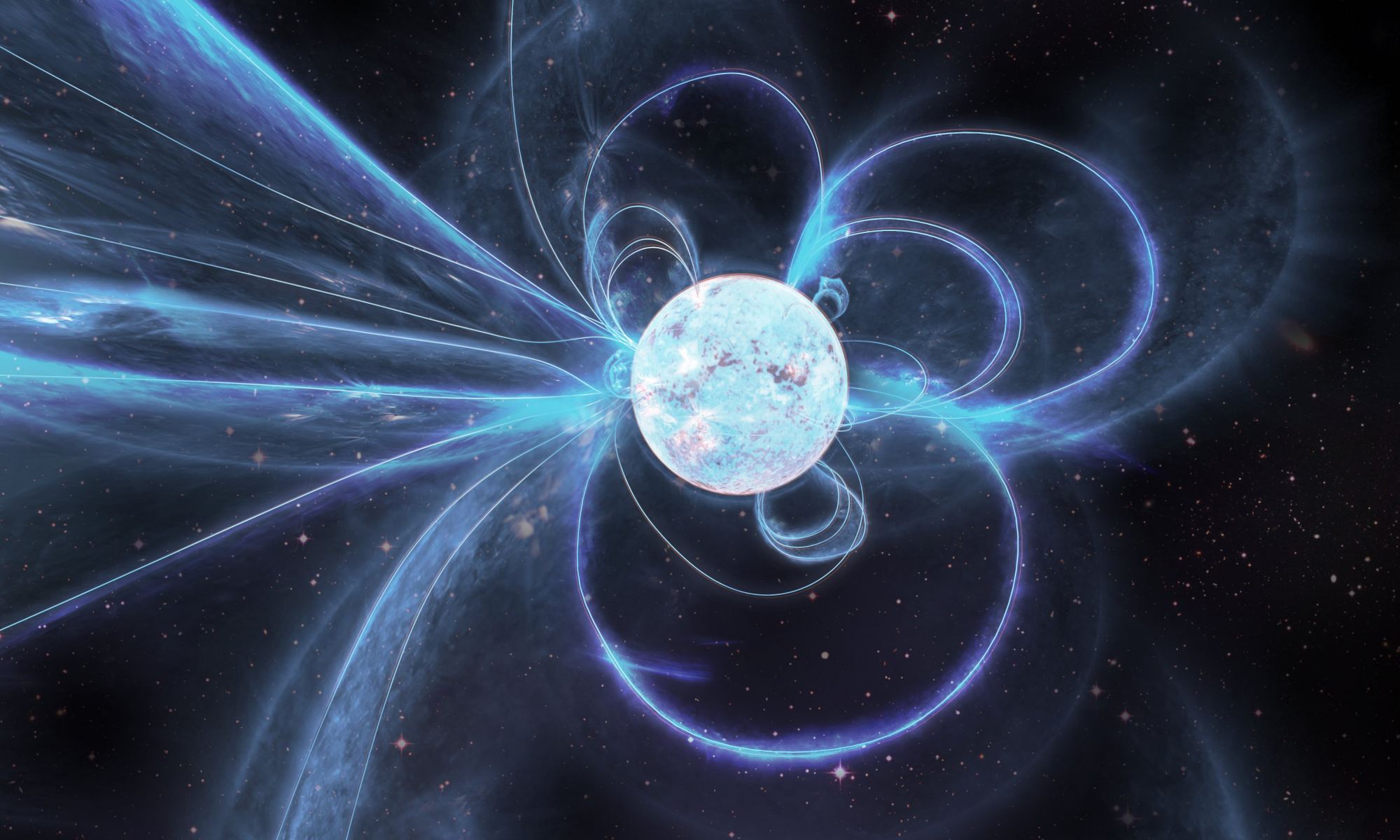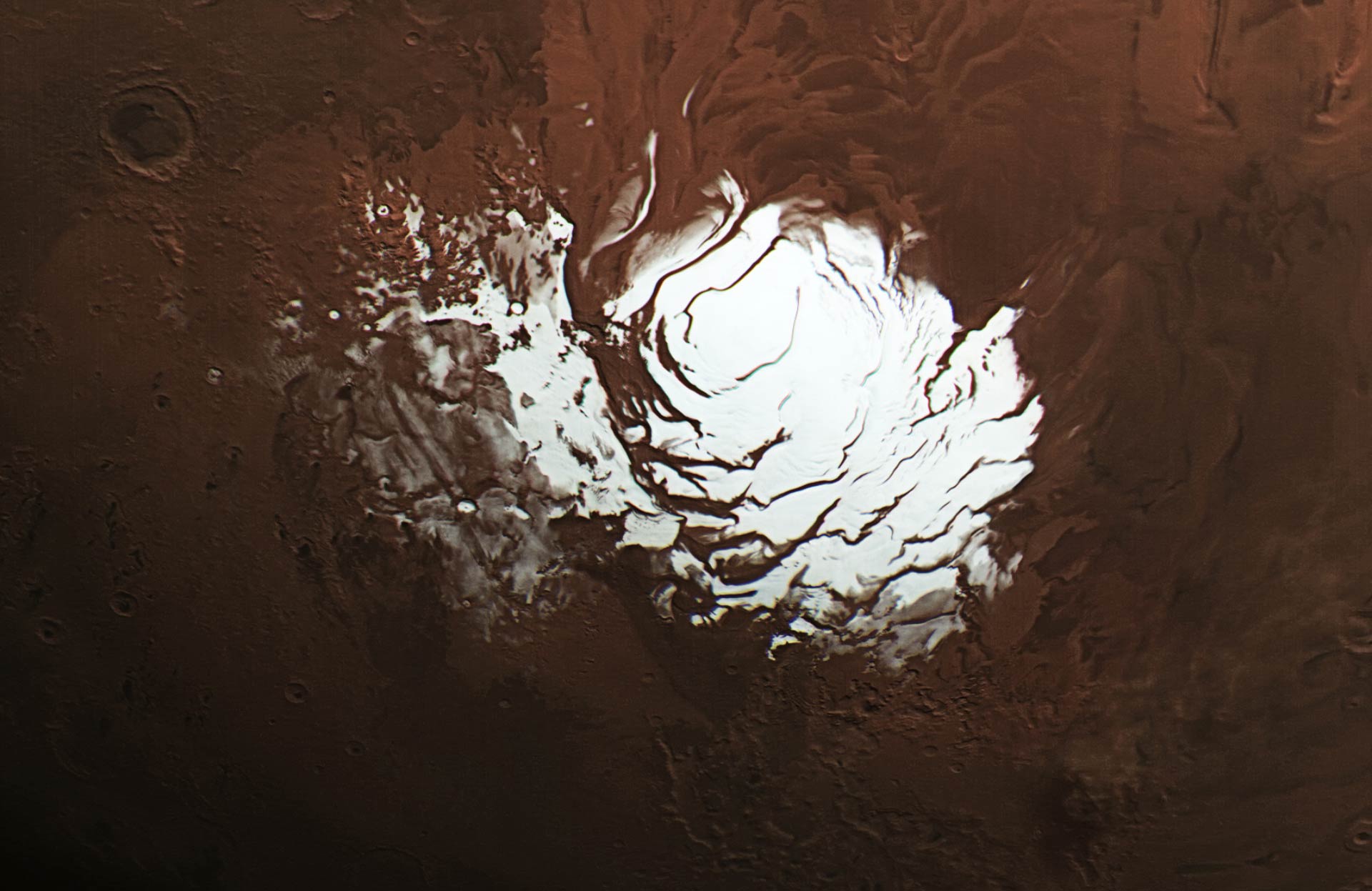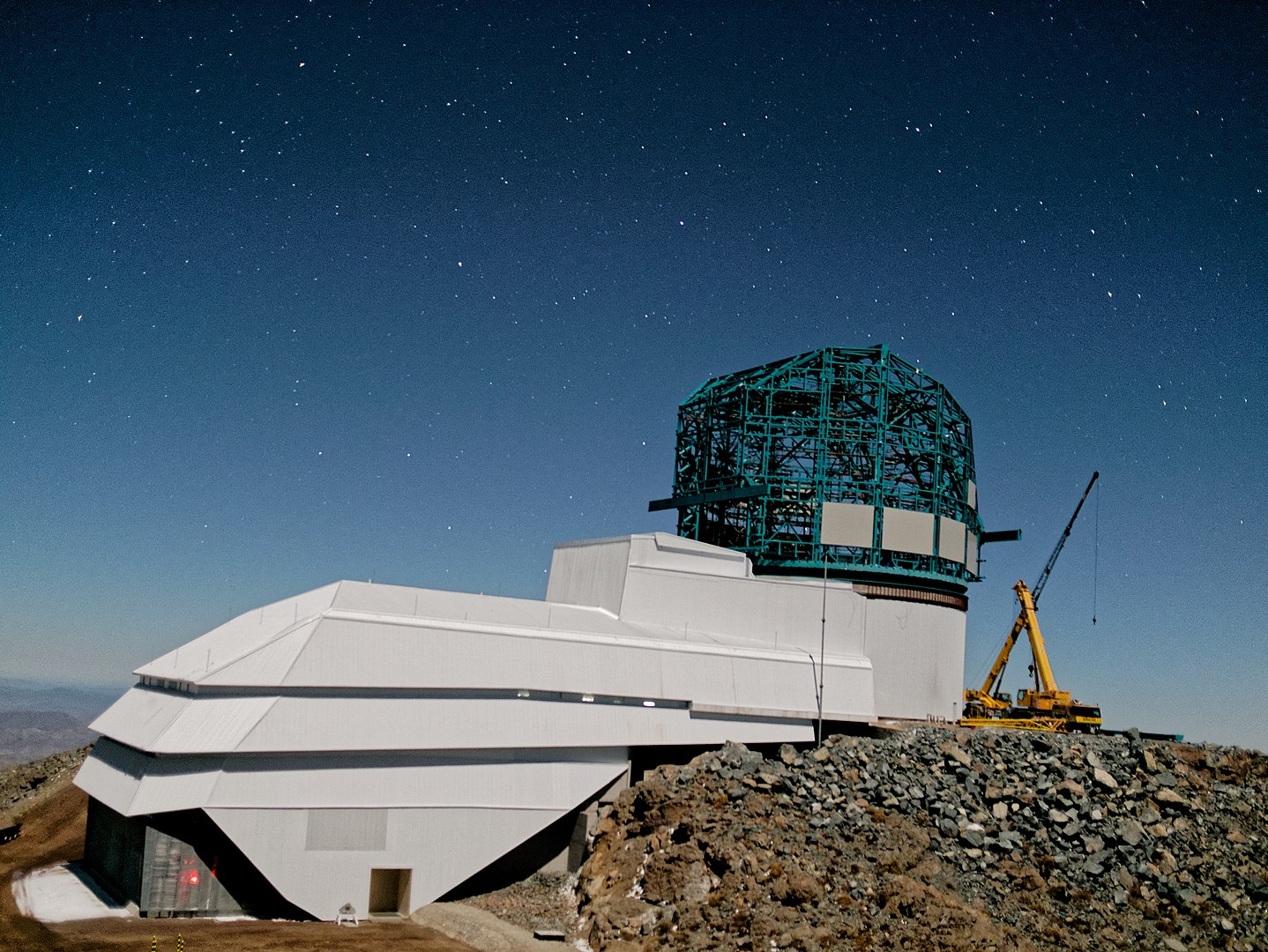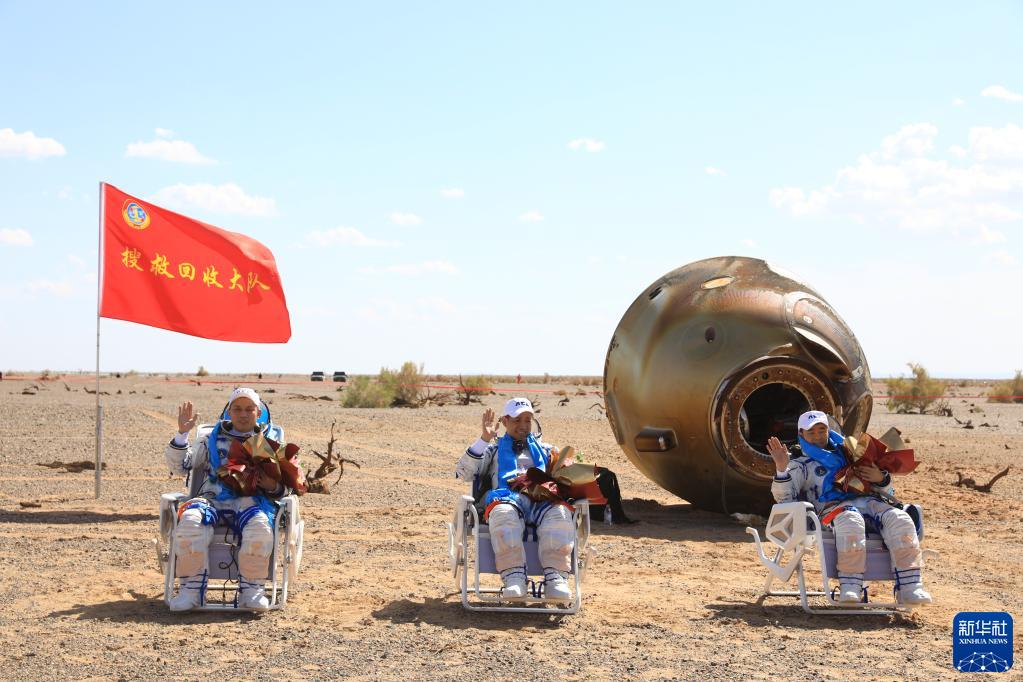Our conventional models of planet formation may have to be updated, according to a pair of new papers.
Accretion is the keyword in current planet formation theory. The idea is that the planets formed out of the solar nebula, the material left over after the Sun formed. They did this through accretion, where small particles accumulate into more massive objects. These massive boulder-sized objects, called planetesimals, continued to merge together into larger entities, sometimes through collisions. Eventually, through repeated mergers and collisions, the inner Solar System was populated by four rocky planets.
But the new research suggests that the collisions played out much differently than thought and that objects collided with each other several times, in a series of hit and runs, before merging. This research fills some stubborn holes in our current understanding.
Continue reading “The Early Solar System was Messier and More Violent Than Previously Believed”

